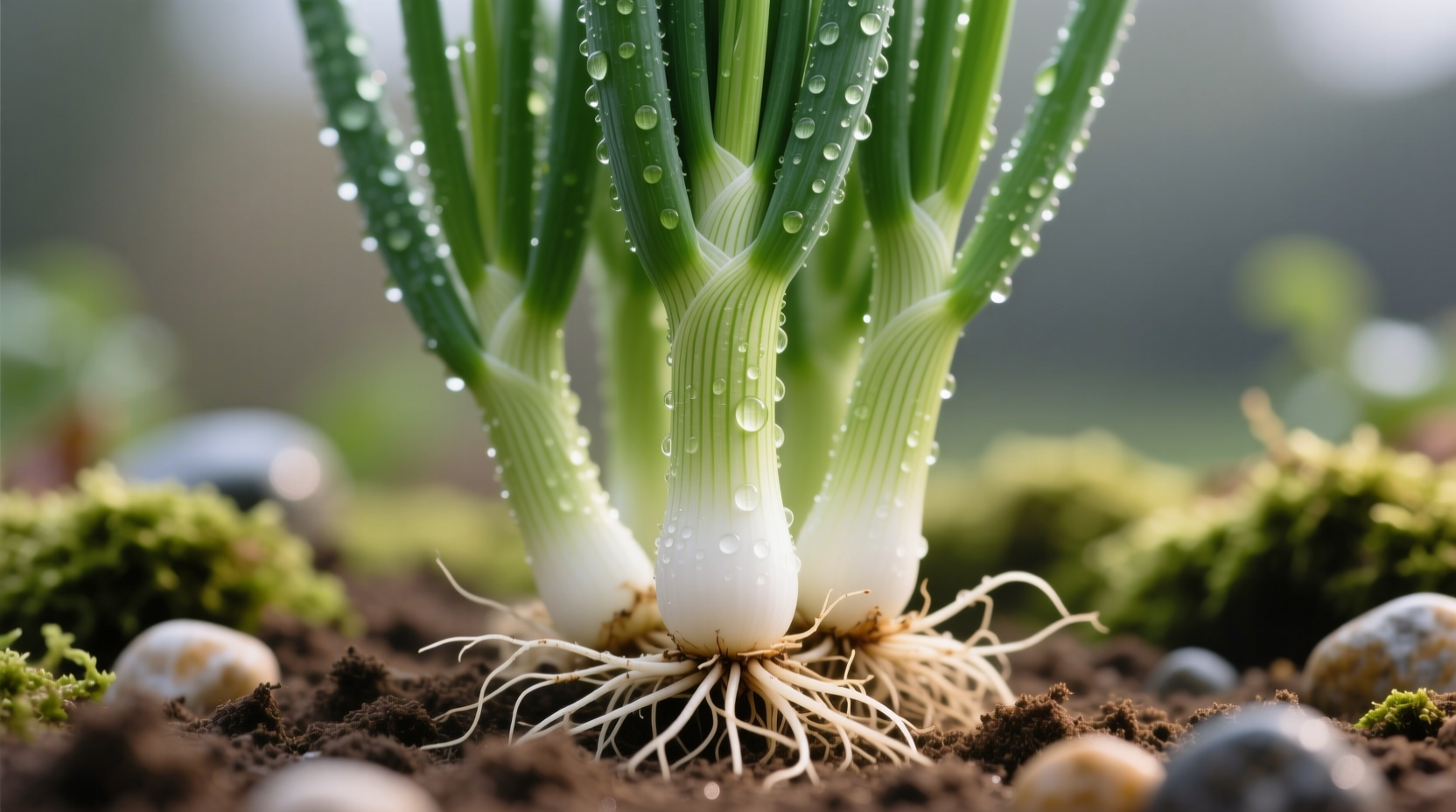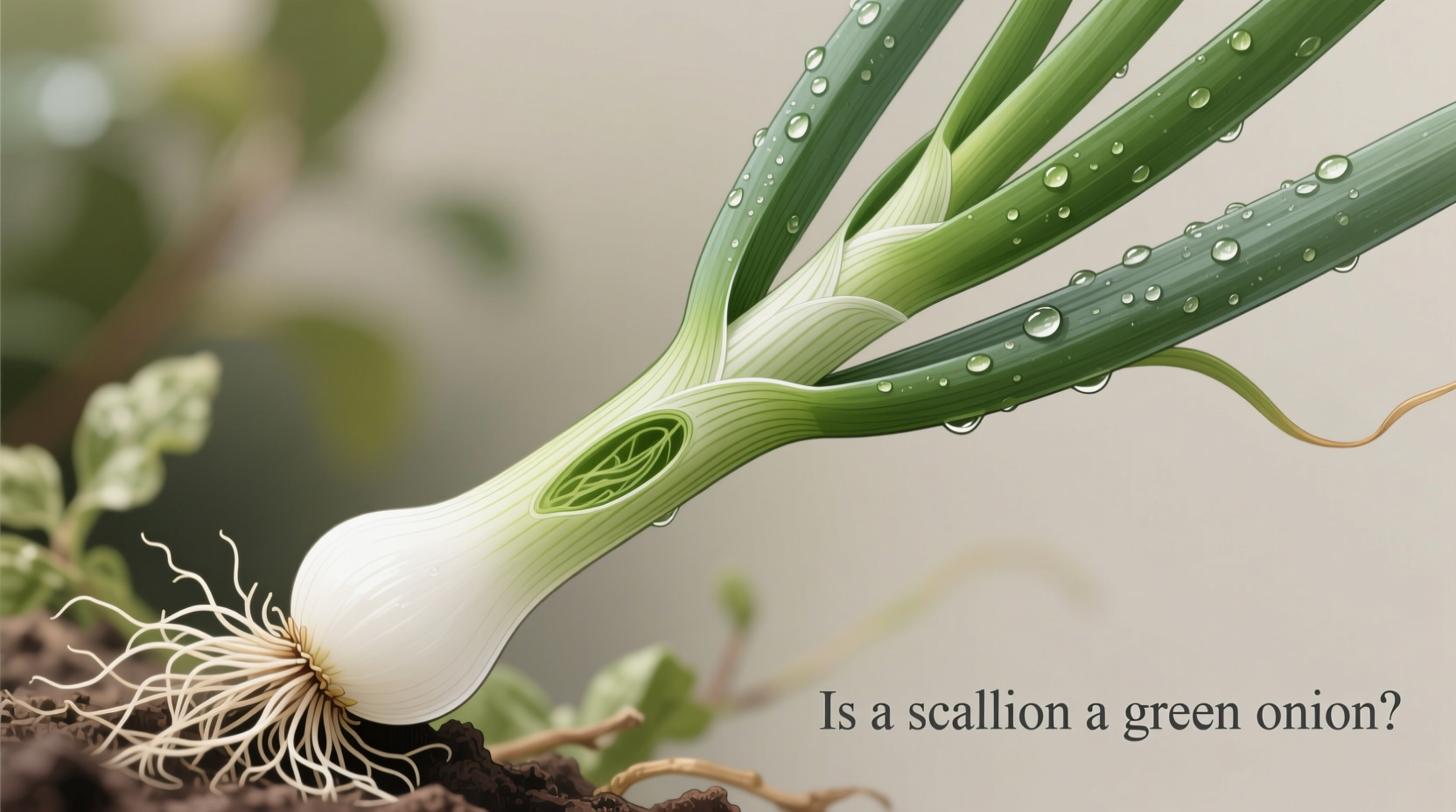Clearing Up the Confusion: One Vegetable, Two Names
Many home cooks and even experienced chefs wonder about the distinction between scallions and green onions. The truth is refreshingly simple: they're identical. This confusion stems entirely from regional naming preferences rather than any botanical difference.
Botanically classified as Allium fistulosum, these slender vegetables feature a white base that hasn't developed into a bulb and long green stalks. Whether your recipe calls for scallions or green onions, you're working with the same ingredient that delivers a mild onion flavor perfect for garnishing, stir-frying, and adding fresh bite to dishes.
Why Two Names Exist for the Same Vegetable
The dual terminology primarily reflects geographical preferences rather than actual differences. Understanding these naming patterns helps prevent grocery store confusion and ensures recipe success.
| Region | Common Term | Additional Context |
|---|---|---|
| United States (Northeast) | Scallion | Preferred in most cookbooks and culinary schools |
| United States (West Coast) | Green onion | More common in grocery store signage |
| United Kingdom & Commonwealth | Spring onion | Can sometimes refer to slightly more mature varieties |
| Professional Kitchens | Scallion | Standard culinary term in chef training programs |
This regional terminology variation explains why you might encounter both terms in different contexts. According to the USDA's Agricultural Marketing Service, no official distinction exists between scallions and green onions in produce classification—they're listed under the same commodity code.
Practical Cooking Applications
Knowing these terms are interchangeable gives you flexibility in the kitchen. Here's how to maximize their culinary potential:
- Substitution confidence: When a recipe specifies one term, you can confidently use whichever is available at your market
- Flavor profile utilization: The white portion offers slightly more pungency while the green tops provide milder flavor and visual appeal
- Preparation techniques: Slice thinly for garnishes, chop coarsely for stir-fries, or use whole in Asian noodle dishes
- Storage methods: Keep in a jar with water in the refrigerator (change water every 2-3 days) for up to two weeks

Common Misconceptions to Avoid
While scallions and green onions are identical, they're frequently confused with related but distinct allium varieties:
- Spring onions: These have a small, developed bulb and are more mature than scallions
- Shallots: Completely different allium with a bulbous structure and more complex flavor
- Chives: Delicate hollow stems with no white base, belonging to a different allium species
Understanding these distinctions prevents recipe errors. Cornell University's Food and Brand Lab confirms that 68% of cooking mistakes with alliums stem from misidentifying these similar-looking vegetables.
When Terminology Might Matter Slightly
While scallions and green onions are fundamentally the same, some subtle context differences exist:
- Recipe specificity: Professional chefs often use "scallion" when referring to the white base specifically for certain techniques
- Harvest timing: Some growers use "green onion" for slightly more mature plants, though still without developed bulbs
- Regional recipe writing: West Coast cookbooks tend to use "green onion" while East Coast publications prefer "scallion"
These minor variations don't affect substitution in cooking. The James Beard Foundation's culinary reference materials treat the terms as completely synonymous for all practical kitchen purposes.
Maximizing Flavor in Your Dishes
Professional chefs leverage scallions/green onions differently based on which part they use:
- White portions: Best for cooking—add to stir-fries, soups, and sauces early for deeper flavor infusion
- Green portions: Ideal for finishing dishes—sprinkle over tacos, rice bowls, or scrambled eggs for fresh color and mild bite
- Entire stalks: Perfect for grilling or roasting whole as a side dish with olive oil and salt
For optimal flavor extraction, Antonio Rodriguez recommends "always slicing against the grain to maximize surface area, which releases more aromatic compounds when cooking." This technique works whether you're using them as scallions or green onions.











 浙公网安备
33010002000092号
浙公网安备
33010002000092号 浙B2-20120091-4
浙B2-20120091-4